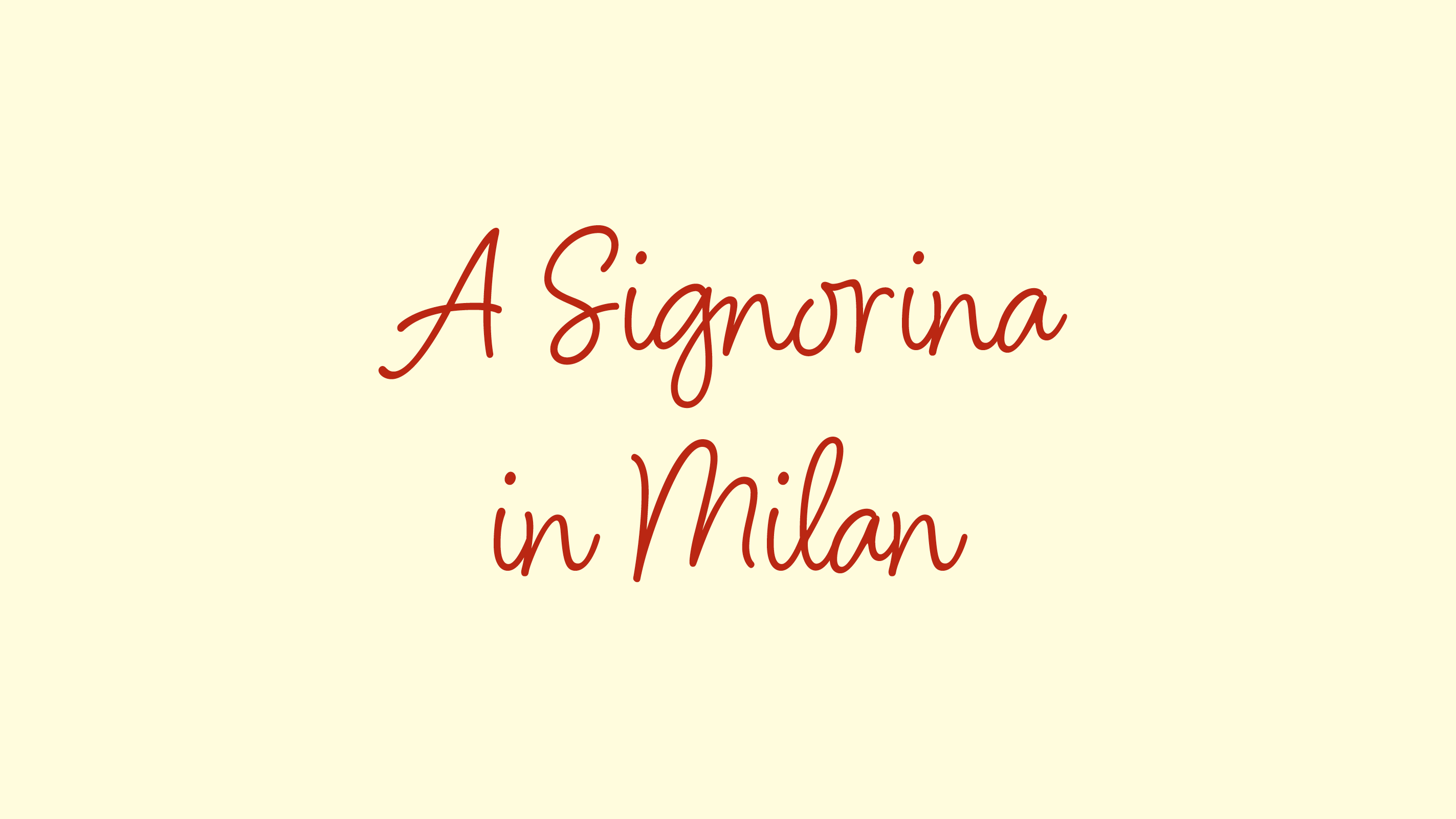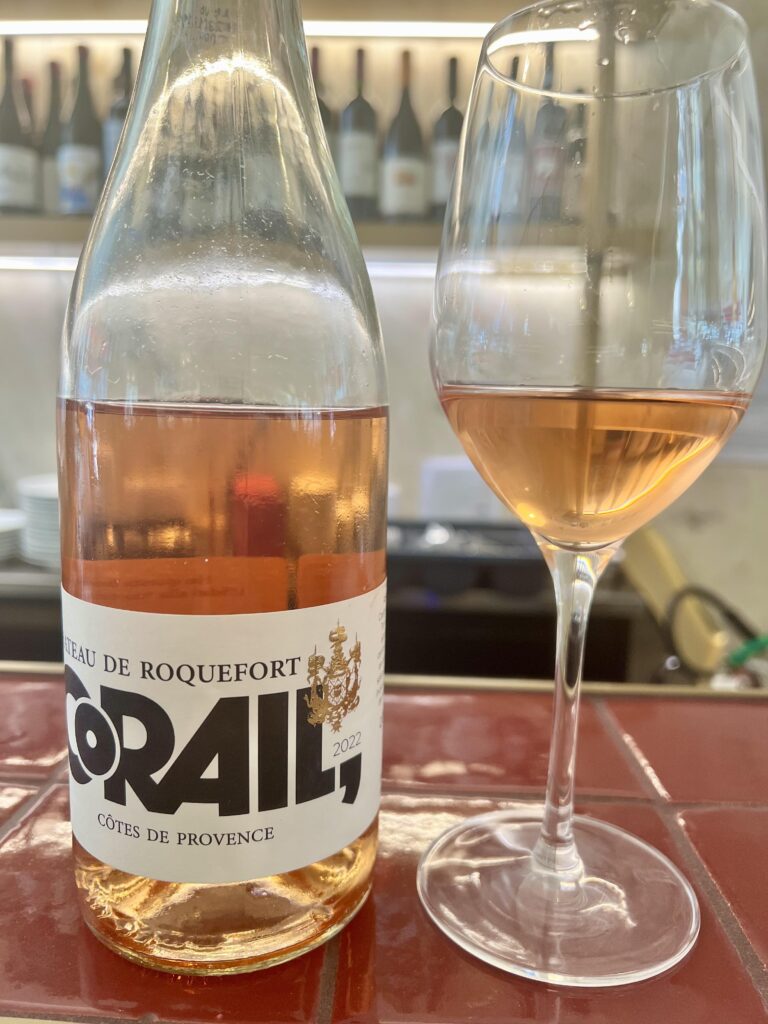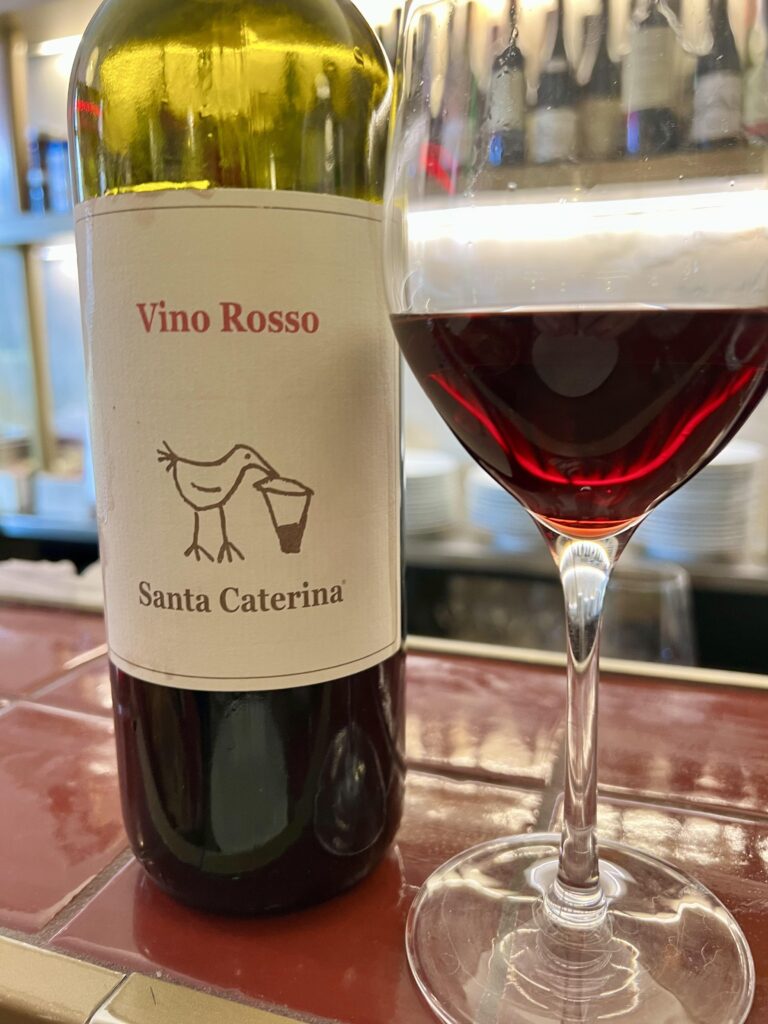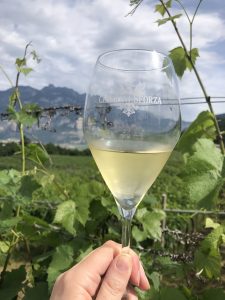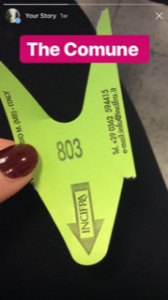In case you’re curious about what I drank this past February, here, in no particular order, are five stand-out wines I enjoyed. And if you’d like to know about some outstanding meals I enjoyed in and around Milan last month, you can check out this blog post.
Lupinc Vitovska Amber 2019
I’ll never refuse a Vitovska! This white grape thrives in the Carso region of Friuli-Venezia Giulia, a hilly territory outside Trieste characterized by distinct karst soil. This iteration of the grape was fierce – 14-day maceration and three years in tonneau, which gave it a gorgeous golden-amber color. It had spectacular minerality and a long finish but also surprisingly fresh notes of ripe fruit like orange and peach – such a treat. website
Ferlat Grame Venezia Giulia IGT Malvasia 2021
And another white from Friuli-Venezia Giulia, this one from Cormons in Gorizia, a region just footsteps from the Slovenian border. This orange wine spends 15 days on the skins and finishes fermenting in barriques and tonneaux, where it ages for 11 months on the lees. The pleasant liquid had orange and apricot flavors with a touch of herbs and minerality. website
Santa Caterina Vino Rosso
I so love me a Ligurian wine, and when perusing a wine list, I tend to gravitate toward the region (along with Calabria!). If I see Santa Caterina, I’m always likely to suggest it as a contender for whatever we sip during that meal. I tend to gravitate more toward white wine, but I had been super curious about the red for a while. It’s made from varied native grapes and aged in tonneau. I enjoyed it – it packed fresh notes of bright red fruits, the salinity you’d expect from Liguria, and the unmistakable macchia mediterranea. website
Domaine Dandelion Pet Nat 2022
I’ve heard so much about this wine and this producer, and I finally got to taste it! Believe me when I say it didn’t disappoint – the pet nat from Côte de Beaune (Burgundy) is made from Pinot Noir and Gamay. Overall, the cloudy sparkler was splendid and refreshing with bright acidity, delicate effervescence, and a zestiness undercut with traces of apple. Instagram
Château de Roquefort Côtes de Provence Corail 2022
I believe in rosé year-round, even in winter, and this was lovely on a not-too-cold February afternoon while lunching at Stadera. This lively pink beauty is made from a blend of typical Provencal grapes like Grenache Noir, Syrah, Cinsault, Carignan, Mourvèdre, Clairette, and Vermentino, resulting in a splendid hodgepodge of lemony, rosy, and peachy notes with depth, complexity, and a berry-like finish. website
